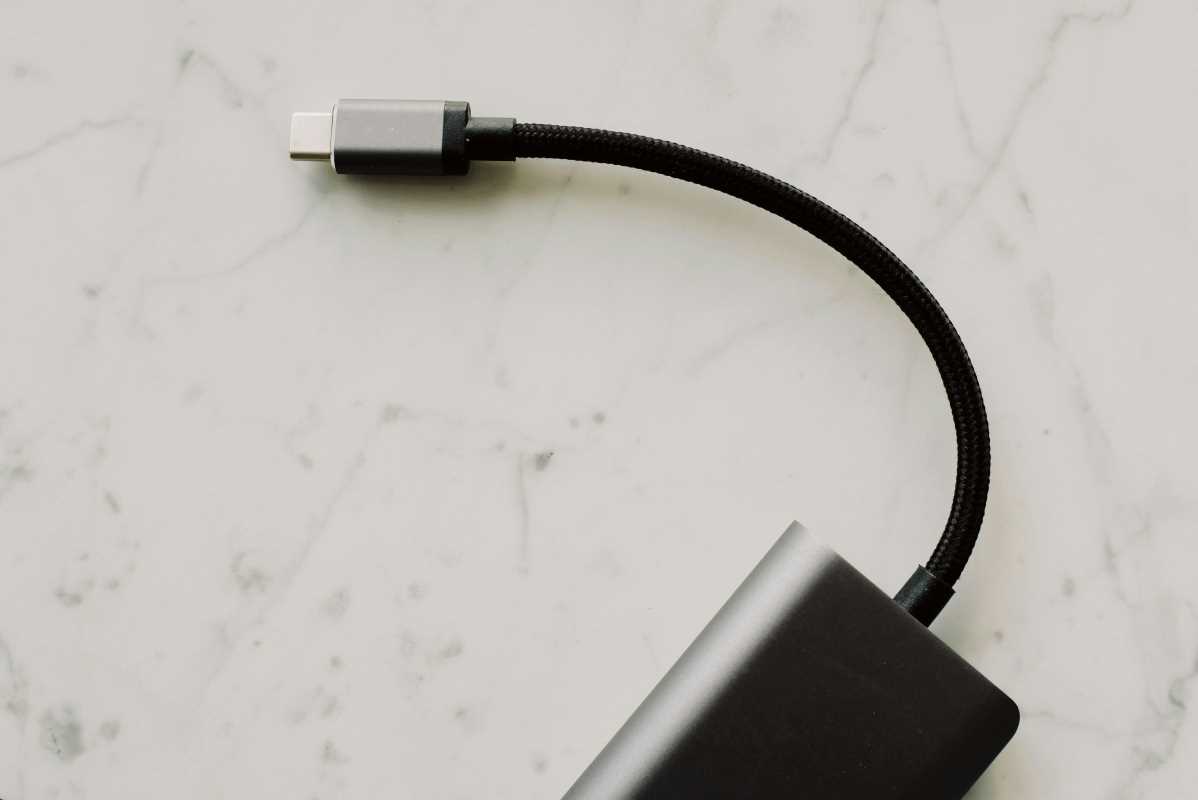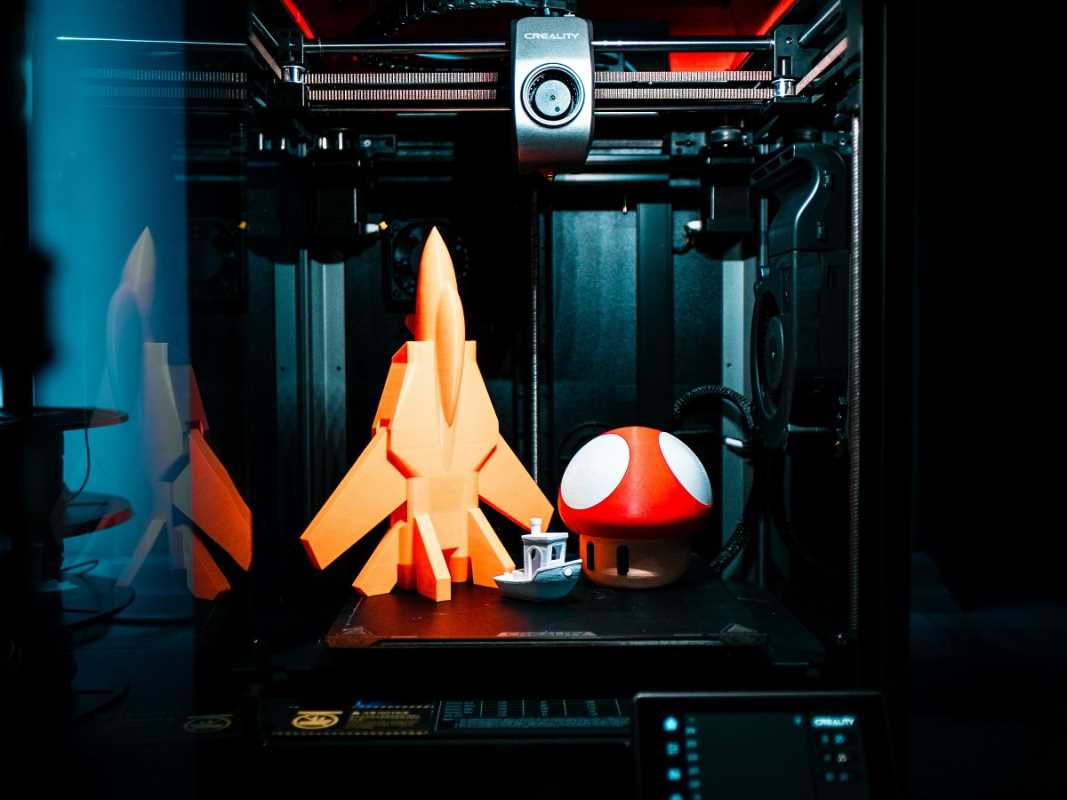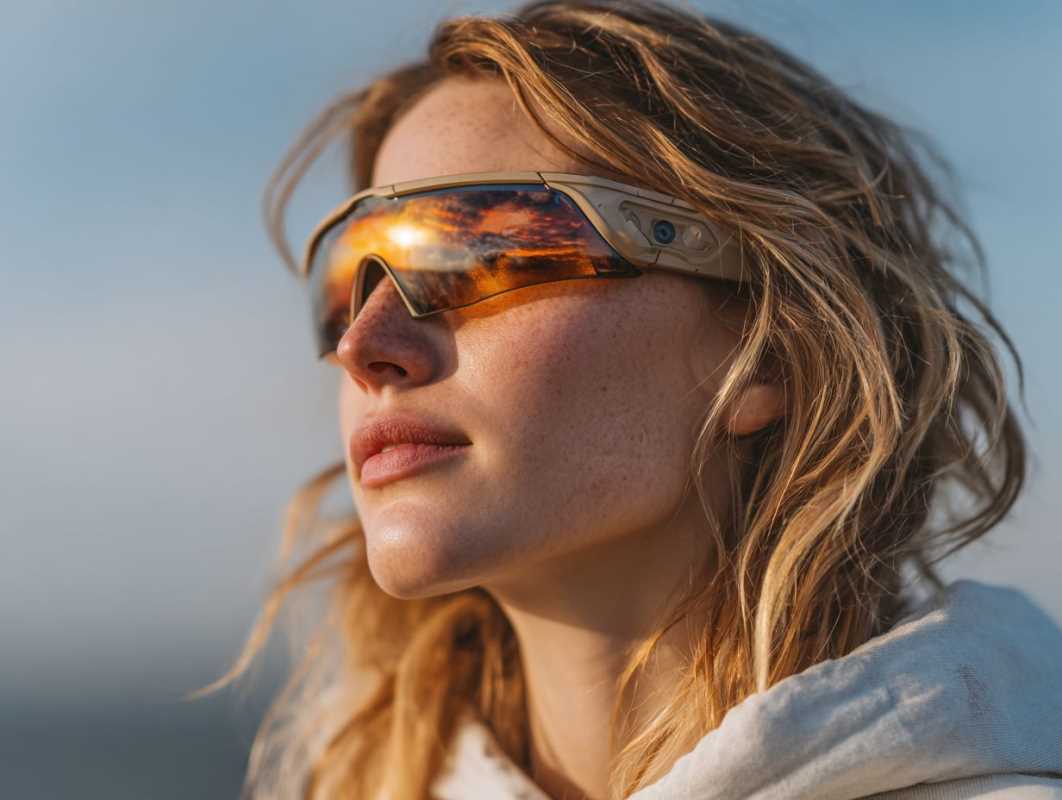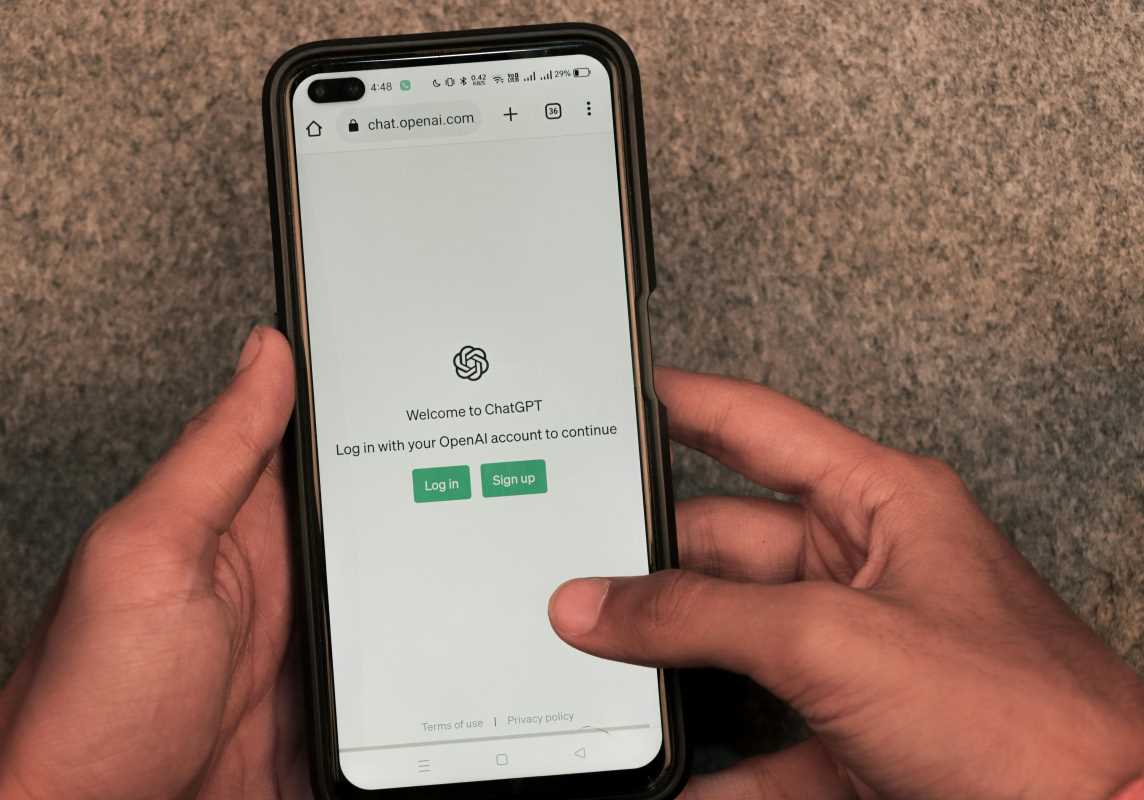Wearable technology has come a long way from simple step trackers and Bluetooth headsets. These days, the innovation coming out of research labs and tech expos is nothing short of mind-blowing. From wearables that blur the lines between fashion and functionality to devices that could revolutionize healthcare and communication, prototype wearables are pushing boundaries and reshaping how we interact with the world.
Here, we’ll explore some of the coolest prototype wearable concepts that are either in development or just around the corner. These futuristic designs promise to change the game in health, entertainment, and even how we see the world.
1. Smart Contact Lenses with Augmented Reality
Imagine having critical information projected directly onto your field of vision without the need for glasses or a phone screen. This is exactly what smart contact lenses are inching closer to achieving.
- What They Do: These tiny lenses integrate advanced micro-LED displays, sensors, and wireless communication systems into a device no larger than a regular contact lens.
- Applications:
- Real-time translations while traveling to foreign countries
- Augmented reality gaming experiences where the real world merges with virtual objects
- Health monitoring, including glucose tracking for diabetics
- Who’s Working on It: Companies like Mojo Vision and Verily (Alphabet’s life sciences division) are leading the charge. Mojo Vision showcased a prototype that provides heads-up notifications with a design that's nearly invisible to others.
If perfected, smart contact lenses could eliminate the need for external AR devices and bring sci-fi visions like Tony Stark's in-helmet HUD to your daily life.
2. Biodegradable Fitness Trackers
Tech doesn’t need to stick around forever, and that’s where biodegradable wearables come in. These new designs aim to reduce e-waste while providing the same functionality we’ve come to expect from fitness trackers.
- What They Do: These trackers are built from non-toxic, eco-friendly materials designed to dissolve safely after their lifecycle ends.
- Applications:
- Short-term health trackers for post-surgery recovery or fitness goals
- Disposable options for specific projects or temporary use cases
- Who’s Working on It: Research teams from the University of Colorado and ETH Zurich are refining these wearables, showing that sustainability can align with technological progress.
The potential for casual, guilt-free tech upgrades without harming the planet is an exciting development for eco-conscious consumers.
3. Haptic Feedback Gloves
Gamers, designers, and developers rejoice! The rise of haptic gloves is aiming to make virtual and augmented reality environments more immersive than ever. These gloves provide tactile feedback, simulating the sensation of touch so you can “feel” digital objects.
- What They Do: Equipped with tiny actuators, haptic gloves recreate sensations like texture, weight, and even resistance in your hands.
- Applications:
- Gaming and entertainment for ultra-immersive VR experiences
- Design and modeling, allowing creators to manipulate 3D objects using their hands
- Advanced training for fields like surgery or mechanics by enabling hands-on practice in virtual environments
- Who’s Working on It: Meta (formerly Oculus), HaptX, and more startups are racing to perfect this technology. HaptX, for instance, offers an industrial-grade prototype with ultra-realistic feedback.
Soon, VR won’t just be about visually entering other worlds but physically interacting with them too.
4. Wearable Solar Charging Jackets
The world of fashion tech is stepping into the realm of wearable solar energy, with jackets and clothing designed to power devices on the go.
- What They Do: These garments incorporate flexible solar panels and conductive textiles that convert sunlight into electricity.
- Applications:
- Charging phones, headphones, and other small devices while out and about
- Vital for outdoor adventurers or commuters needing power during long days
- Reducing reliance on traditional energy grids for everyday tech users
- Who’s Working on It: Companies like Vollebak and startups like Pauline van Dongen’s team are leading the charge. Vollebak’s Solar Charged Jacket doubles as a glowing performance garment or safety tool for nighttime visibility, blending utility with style.
This hybrid of sustainability and functionality can make smart fashion a mainstream staple in wardrobes.
5. Health Monitoring Tattoos
Temporary tattoos are evolving into powerful health monitoring wearables capable of tracking vital signs and delivering real-time data.
- What They Do: These “tattoos” are thin, flexible electronic circuits applied to the skin much like a temporary tattoo.
- Applications:
- Monitoring hydration, skin temperature, and body chemistry
- Enabling athletes to optimize performance and recovery
- Tracking early signs of stress and illnesses for patients with chronic conditions
- Who’s Working on It: Researchers from Harvard and MIT have explored prototypes that change color in response to blood sugar levels, while others use real-time connectivity to send data to smartphones.
The minimally invasive nature of these tattoos makes them a game-changer for convenient, user-friendly medical wearables.
6. Smart Rings for Gesture Control
Who needs a bulky controller when smart rings give you complete hands-free command? These tiny devices are packed with enough tech to control other gadgets with simple gestures.
- What They Do: Smart rings use motion sensors, gyros, and tiny touchpads to interpret hand movements and translate them into system commands.
- Applications:
- Controlling smart TVs, lights, or music players with a flick of your wrist
- Managing PowerPoint presentations without bulky remotes
- Sending commands to smartphones or gaming systems seamlessly
- Who’s Working on It: Oura, Ultrahaptics, and startups under Kickstarter campaigns are pushing these concepts from idea to implementation.
Compact, discreet, and easy-to-use, smart rings present a minimalist alternative for tech-savvy multitaskers.
7. Adaptive Smart Footwear
The last thing any athlete, adventurer, or casual walker wants is foot pain, which is why adaptive smart footwear is generating huge excitement. Imagine shoes that adjust their fit and cushioning automatically as you move.
- What They Do: Sensors embedded in adaptive footwear monitor foot pressure, gait, and motion, then adjust the fit and support in real-time.
- Applications:
- Enhanced comfort for runners and fitness enthusiasts
- Injury prevention via pressure monitoring and posture correction
- Fashion meets tech with modular design features
- Who’s Working On It: Nike, Adidas, and startups like Zhor-Tech are building prototypes aimed at recreational wearers and professionals alike.
This evolution of footwear pushes both fashion and sports farther into the digital age.
8. Brain-Sensing Headbands
For those interested in mindfulness or high-level productivity, brain-sensing wearables are turning theory into reality.
- What They Do: Using EEG technology, these headbands measure brain activity and provide feedback to guide relaxation, focus, or better sleep.
- Applications:
- Stress management through guided mindfulness sessions
- Enhancing gaming focus in e-sports athletes by cutting down on distractions
- Sleep tracking and improvement for individuals juggling high-pressure routines
- Who’s Working on It: Companies like Muse and NeuroSky continue to refine designs that bring brain-training to the forefront.
The potential to hack your mental states for peak performance can pave the way for revolutionary personal wellness tools.
 (Image source: Midjourney)
(Image source: Midjourney) 





